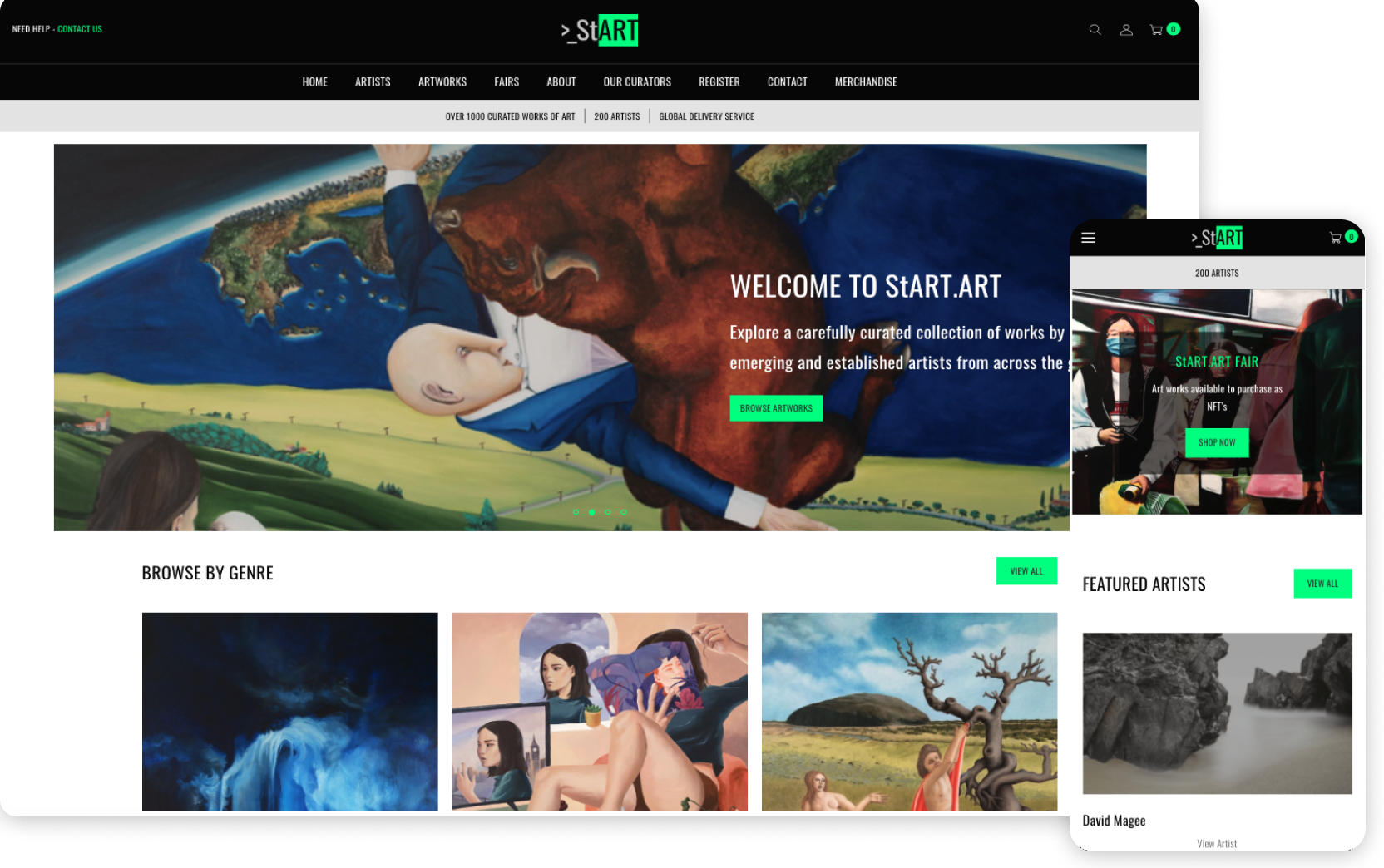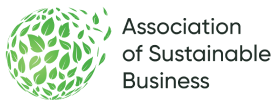
Structural Engineers Registration
Digital consultancy for the Institute of Structural Engineers
Developing the strategy for the rebuild of a business-critical building design and regulation compliance system
Background
As you would expect, it is vital that the engineering and structural integrity of new buildings satisfies very strict government legislation. Structural Engineers Registration (SER) is the organisation responsible for ensuring this process is adhered to, providing essential assurance in respect of structural safety.
Quba worked closely with the team at SER over a six-month period to review and rethink the digital services used to manage the registration and certification process.
The business challenge
The registration process is very complex, with each submission requiring back and forth from the applicant, SER certifiers, assessors and administrators. The existing portal had rigid workflows which were difficult to amend, meaning the back-office staff at SER spent a lot of time correcting or adjusting custom workflow steps with manual intervention.
With an out-dated and unintuitive system, the SER team realised a re-think was necessary. But as a business-critical platform, the prospect of rebuilding such a complex solution meant that they weren't sure where to begin. We proposed a standalone Discovery process to take a deep dive into the requirements and help form a shared vision across key stakeholders for the project.
The aspiration was to streamline the submission process, empower SER to amend workflows with autonomy, help alleviate pressure on back-office staff and allow SER to make an informed decision about the resulting system re-build.
How did we approach the challenge?
The challenges faced by the business and its vision for the future were identified and explored through Quba's Discovery process, which critiqued the current system and processes managed by the wider team at SER.
We gathered insights by engaging with a range of internal stakeholders and real-world users in order to gain an in depth understanding of the needs of the business and its users. Observing common themes and work arounds amongst the majority of certifiers using the system, it was clear there were quick wins to address with the new platform. From this we were able to cement personas which reflected the diverse end user types of the system overall.
We mapped the critical processes needed to provide and manage registration schemes for the certification and compliance of buildings.
Through a collaborative process our team consulted with SER stakeholders to forge a path forward. Defining requirements for the future platform, architecture and workflow management enabling the administration team to have more effective control of the system and free their time where possible.
This was initiated through a series of workshops:
- Workshop 1 – Mapping the business model
- Workshop 2 – User types & needs
- Workshop 3 – Processes and data collection
- Workshop 4 – Technical platform & integrations
What did we recommend?
Modern interface – The existing navigation and portal view was difficult to use and members would find individual work arounds to make the system work for them. The new framework needed to be scalable and ensured for usability.
Streamlined workflows – The need for a flexible and straightforward workflow builder would remove the dependency on core members of the team to administrate and troubleshoot.
Composable architecture – Utilising the power of composable and micro-services means the system can run a lean and evolving solution, keeping the front end information website and the portal dashboard separate, to deal with specific user requirements.
Establishing the Business Case
As a standalone Discovery process, the plan was always to use the learnings and knowledge from the workshops as a basis for a Tender briefing document. The main output was a comprehensive report which played back the objectives, KPI's, workshop outputs and migration strategy.
Quba also produced a number of detailed supporting outputs, including simplified workflows, platform recommendations, user interview feedback, user personas, MoSCoW feature list, visualisation of key functionality including wireframe concepts.
The Discovery outputs helped SER form a shared opinion on what the resulting build should be and what technology it should use, ultimately forming the roadmap ahead for the future of their Digital services.
Let’s move you forward
Are your digital experiences holding you back in some way, or do you need to propel the business forward, quickly?
Get in touch
StART.art
StART.art – A new way to buy and sell art
StART.art is on a mission to engage with and educate the next generation of art collectors by providing a platform where new and established collectors can access the most exciting new talent.







